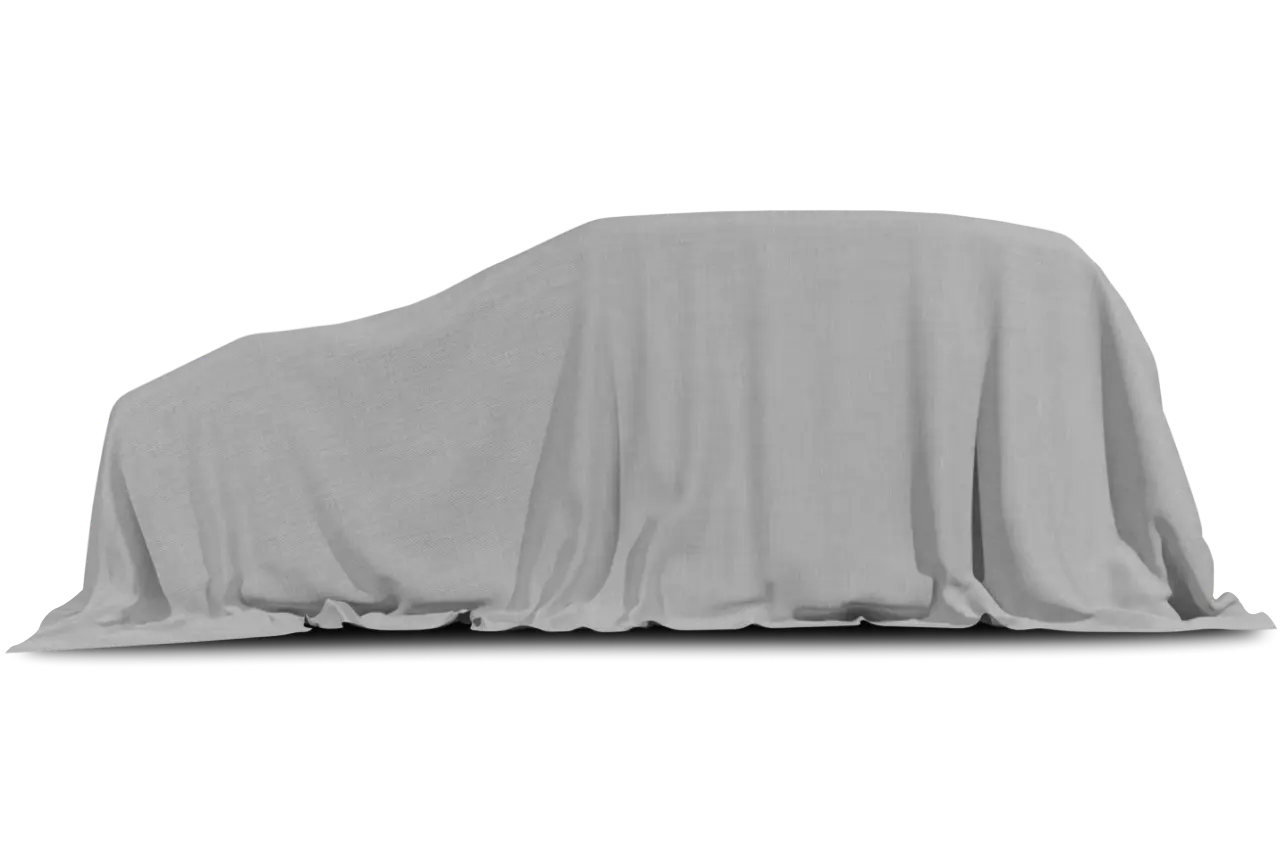
Spring arrived in the form of the 2010 Porsche Boxster S, a car that is its own excuse for driving.
It is a roadster, which means it’s fundamentally impractical. It’s tiny with a convertible top and is best enjoyed on clear spring days with the top down. It has seats for two people and scant room for their stuff. It does not care. It is a celebration of life as ballet, not a champion of heavy lifting.
The 2010 Boxster S has been substantially redesigned for driving pleasure, which is high praise.
Since its inception in 1997, the Porsche Boxster and, later, its more powerful “S” sibling, were favorites among people who love driving. Those patrons were pleased with the nearly perfect balance of the car — its weight divided nearly 50 percent front and rear.
Some early Boxster models developed problems — engine failures caused by faulty cylinder liners. But Boxster aficionados remained loyal. Fixes were made promptly in most cases. The car, with problems fixed, remained a joy to drive.
The Boxster S driven for this column came factory fresh, free from any discernible defects, certainly none that were spotted during my week of possession. And it came blessed with perfect weather — sunny days, beautiful skies and mild temperatures, which seemed miraculous after several weeks of wind and snow.
The nearly perfect 50-50, front-rear weight balance was there in the new car — making it wonderfully agile and enjoyable on drives around West Virginia’s winding mountain roads and, perhaps, seducing me into going faster than was comfortable for my wife, Mary Anne.
“Slow down!” she shouted. I did, thinking that an electronic version of her voiced command, replete with all of its expressed horror and agitation, might be a worthy addition to the huge array of the Boxster’s safety equipment.
Both acceleration and deceleration were easy, confident — accomplished with no upsetting weight shifts or disturbing gear changes. Credit for that performance goes both to the Boxster S’s seven-speed, dual-clutch gearbox and its reconfigured chassis.
The gearbox is two electronically controlled transmissions in one, moving power via two separate drive shafts. Gear shifts, as a result, are handled quickly, smoothly, with greater fuel efficiency than with what is available through conventional automatic or manual transmissions.
The chassis, improved in this iteration through a wider track, gives the car a greater feeling of stability — no wiggle-waggle whatsoever — in panic stops. It also helps that the new car comes with electronic stability and traction control, as well as electronic brake-force assistance to better balance braking pressure distributed to wheels in emergency maneuvers.
I have only one regret about the Boxster S, which is the same complaint I have about other cars expressly built for the joy of driving. Simply stated, there aren’t many places in the real world, especially not in metropolitan areas, where they can be driven the way they were meant to be driven. For example, the Boxster S has an optional “launch system” designed to maximize acceleration from standstill.
The Boxster S in my possession was so equipped. After depositing Mary Anne safely at home, I went looking for a piece of pavement on which to use it. I found none, at least none free of uniformed guardianship.
I considered going out to Summit Point, W.Va., where there is a nice little raceway for running around. But the day had already slipped into evening in the middle of a workweek. I had neither the financial nor legal means (official pass) to gain access to the track. I returned home the same way I came: with speed-modulating, fun-limiting traffic.
Brown is a special correspondent.











































